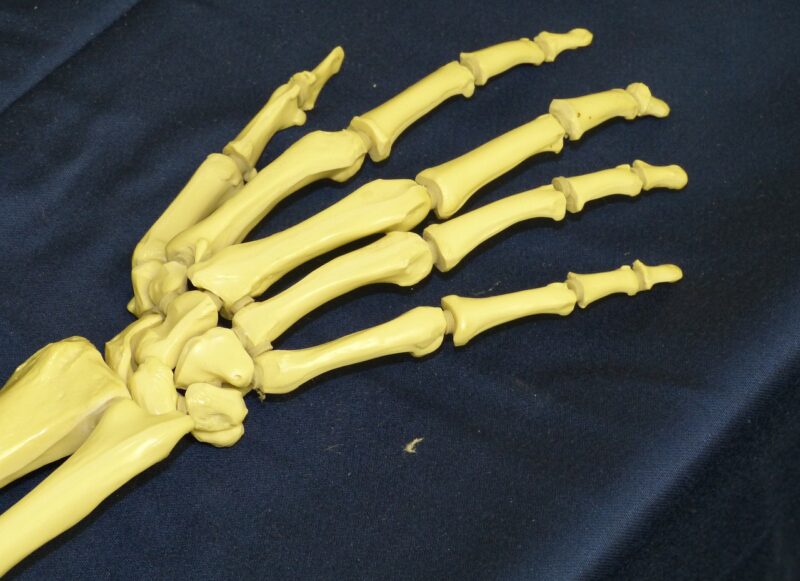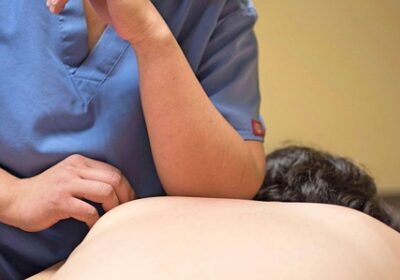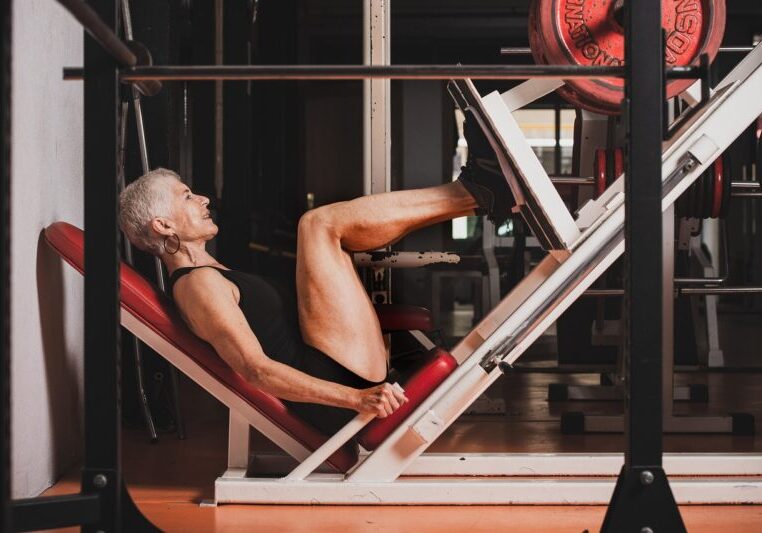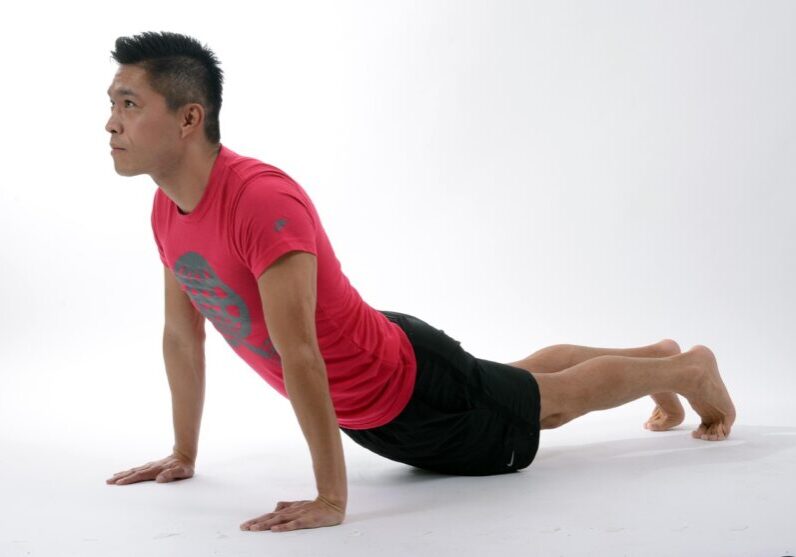
Have you ever heard a crackling or popping sound coming from your joints, like when you bend your knees or stretch your back? This phenomenon is known as joint crepitus. While it can be disconcerting, it’s often harmless. In this blog post, we’ll dive into what joint crepitus is, why it happens, and when you should consider seeing a healthcare professional.
What Is Joint Crepitus?
Joint crepitus refers to the grating, crackling, or popping sound that can occur when you move a joint. It’s a common occurrence and can happen in any joint, including the knees, shoulders, and wrists. The sound can vary from a soft crackle to a louder pop.
Why Does Joint Crepitus Happen?
There are several reasons why joint crepitus might occur:
1. Gas Bubbles: One of the most common explanations is the formation and release of gas bubbles within the joint fluid. This phenomenon is known as cavitation. When the joint is moved, the pressure changes and these bubbles can collapse or burst, creating a popping sound. This is usually harmless and not associated with any pain.
2. Ligament or Tendon Movement: As ligaments or tendons move over bones or other structures, they can produce a snapping or popping sound. This is often noticed when stretching or moving the joint through its range of motion.
3. Rough Joint Surfaces: In cases of joint damage or degenerative conditions like osteoarthritis, the cartilage that cushions the joints can wear down. This can lead to a roughened joint surface, which may create a grating or creaking sound as the bones rub against each other.
4. Joint Instability: Sometimes, joint crepitus can be a sign of instability or weakness in the joint. If the joint isn’t properly aligned or supported, it might produce unusual sounds during movement.
When Should You Worry About Joint Crepitus?
In many cases, joint crepitus is benign and doesn’t indicate any serious problem. However, there are situations where it might be a sign of an underlying issue. You should consider consulting a healthcare professional if:
1. Pain Accompanies the Sound: If you experience pain along with the popping or cracking sound, it could be a sign of an injury or joint problem that needs evaluation.
2. Swelling or Redness: Swelling, redness, or warmth around the joint, along with crepitus, might indicate inflammation or infection.
3. Restricted Movement: If the joint is stiff, and movement is limited, crepitus might be related to joint dysfunction or damage.
4. Recent Injury: If you’ve recently injured the joint and are experiencing crepitus, it’s worth getting it checked to rule out fractures or significant damage.
Managing Joint Crepitus
If your joint crepitus is not accompanied by pain or other symptoms, there is usually no need for concern. However, maintaining joint health through a few practices can be beneficial:
1. Stay Active: Regular exercise helps keep the joints flexible and the surrounding muscles strong. Activities like swimming or cycling can be particularly joint-friendly.
2. Warm-Up and Stretch: Properly warming up and stretching before physical activity can help prepare the joints and reduce the risk of injury.
3. Seek Professional Advice: If you’re unsure about the cause of your joint crepitus or if it’s accompanied by other symptoms, don’t hesitate to consult a healthcare professional. They can provide a thorough assessment and recommend appropriate treatment if needed.
Conclusion
Joint crepitus is a common and usually harmless occurrence, often due to harmless gas bubbles or normal joint movement. However, if it’s accompanied by pain, swelling, or other concerning symptoms, it might be worth seeking medical advice. By understanding what joint crepitus is and when to be concerned, you can better manage your joint health and address any potential issues early on.



